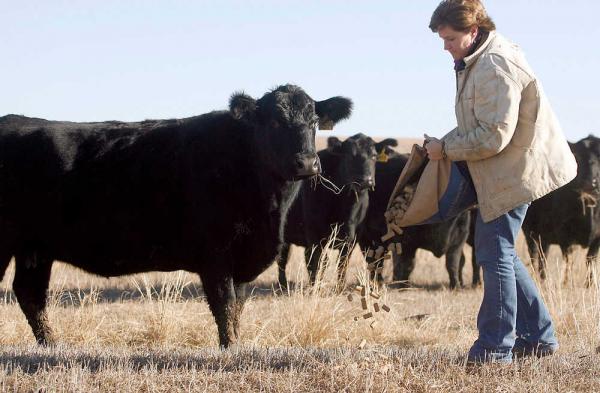November 26, 2024 – Prussic acid, also known as hydrocyanic acid (HCN), is a highly toxic compound that can develop in certain plants, particularly under stress. Texas A&M AgriLife Extension provides essential guidance on managing prussic acid risks in livestock forage, especially in sorghum, sorghum-sudangrass, and johnsongrass, which are common in Texas pastures and can pose significant health risks to grazing animals.
Causes of Prussic Acid Formation
Prussic acid forms in plants under specific conditions, often when plants experience stress. Environmental triggers like drought, frost, or new growth following a cutting or grazing event can increase prussic acid levels in susceptible plants. When plants undergo such stress, cyanogenic compounds are released within plant cells, and chewing or crushing these cells during grazing can lead to dangerous prussic acid exposure for livestock.
Risk Factors and Susceptible Plants
Certain plants are more prone to developing prussic acid, with sorghum species being the most common culprits. Sorghum, sudangrass, and johnsongrass contain compounds that can turn into prussic acid when the plants are young, stunted, or regrowing after frost or drought stress. These plants are especially dangerous shortly after frost, as the dying process can cause a release of cyanide in significant amounts. The risk is particularly high when livestock consume young plants or leaves, which contain the highest concentration of these compounds.
Symptoms of Prussic Acid Poisoning in Livestock
Prussic acid poisoning acts quickly and can be fatal within minutes if livestock consume plants with high levels of HCN. Symptoms in affected animals include difficulty breathing, rapid heartbeat, excessive salivation, muscle tremors, and convulsions. If poisoning is suspected, immediate veterinary intervention is necessary.
Prevention and Management
To reduce the risk of prussic acid poisoning, Texas A&M AgriLife Extension advises several best practices:
Wait for Growth Maturity: Avoid grazing young plants or new regrowth. Prussic acid levels decrease as plants mature.
Delay Grazing After Frost: Wait 7–10 days after a frost before allowing livestock to graze on susceptible plants, as this allows cyanide levels to decrease.
Testing: Forage testing can identify dangerous HCN levels in plants. Local AgriLife Extension offices can provide guidance on testing procedures and interpreting results.
Alternative Forages: Consider using other forage species, such as bermudagrass or alfalfa, during high-risk periods for prussic acid.
Additional Resources
Texas A&M AgriLife Extension provides detailed fact sheets and resources on managing prussic acid risks, as well as forage testing services and expert recommendations. For further information, visit their website or consult with a local AgriLife Extension agent. By following these precautions, Texas livestock producers can protect their animals from prussic acid poisoning and ensure safe grazing conditions. For more information on this or any other agricultural topic please contact the Hopkins County Extension Office at 903-885-3443 or email me at [email protected]






